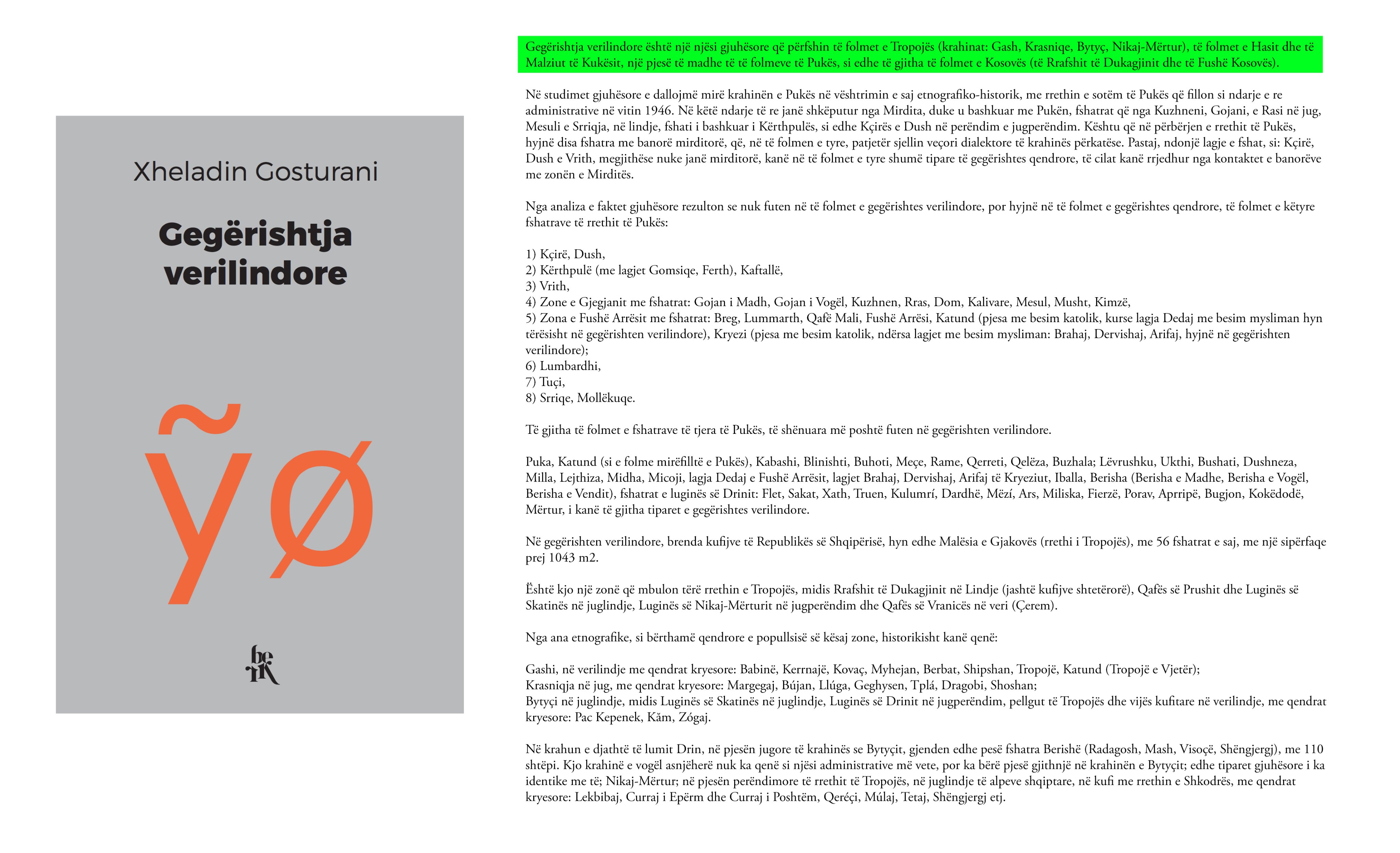Speaking of Wilkes, he lost all his credibility to my opinion when he stated that Albanians couldn’t be descendants of Illyrians based on their short stature. Some of the tallest Illyrian remains ranged from 1.68 to 1.72..
I mean, how can you even base your thesis on such a claim when it’s universally known that height can drastically fluctuate within few generations.
Back then there wasn’t much anthropological data on modern Albanians, but Coon’s book was around.
I mean, how can you even base your thesis on such a claim when it’s universally known that height can drastically fluctuate within few generations.
Back then there wasn’t much anthropological data on modern Albanians, but Coon’s book was around.






